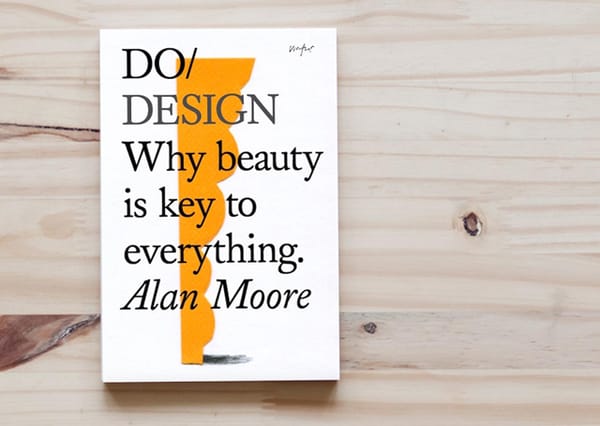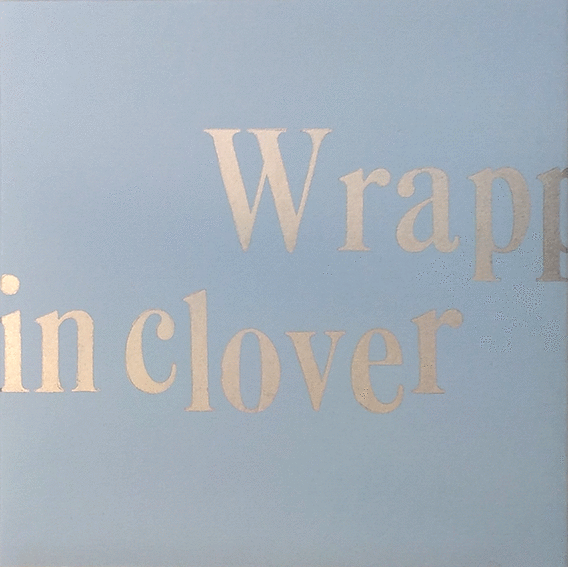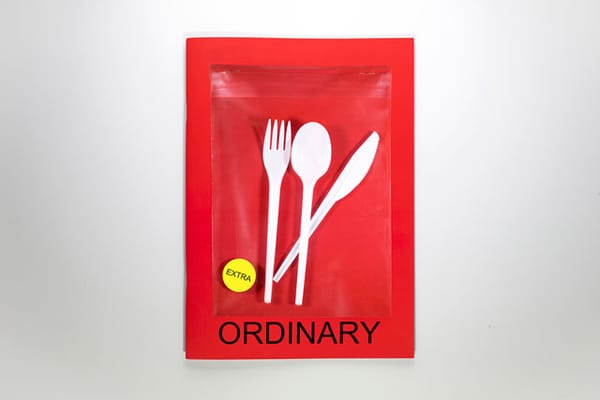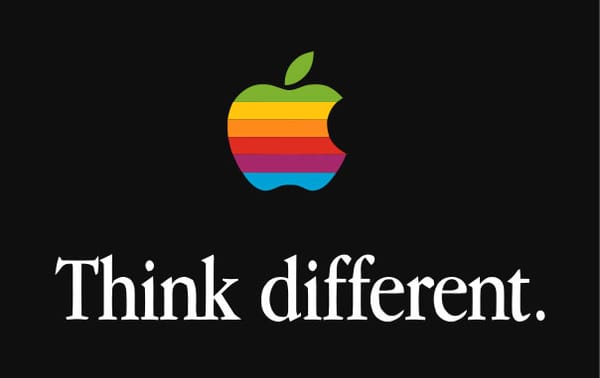For its twentieth edition Typo Berlin opted for cross-pollination, pulling out all the stops to invite speakers outside of its conventional remit of typography and graphic design. Here is Grafik’s pick of the most inspiring, powerful and unusual projects discussed.
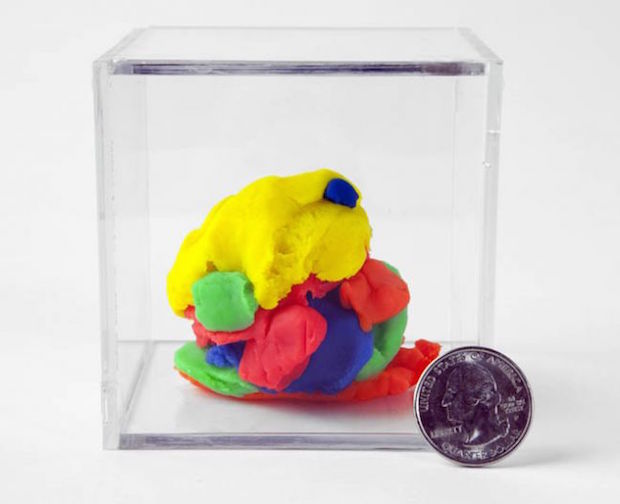
Small Edition by Jon Burgerman
New York-based Burgerman tends to have a twinkle his eye whether working on commercial projects or the numerous self-initiated japes he integrates into his practice. Small Edition is one of the latter and was inspired by a particular work exhibited in the Jeff Koons retrospective at the Whitney Museum last year. The work, called Play-Doh, is a 3m-high aluminium sculpture that perfectly depicts a multicoloured mass of the modelling clay. A feat of engineering that took twenty years to develop, each of the coloured elements are cast separately and slotted together to create a fiddly three-dimensional jigsaw.
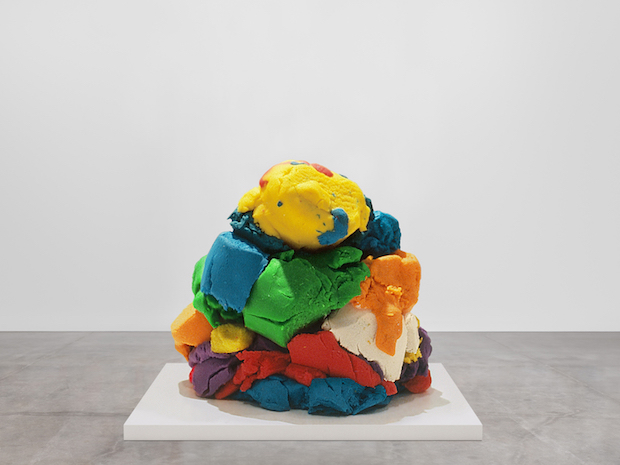
During the exhibition Burgerman set up a stall outside the Whitney’s dense queue to sell his Small Edition sculptures, replicas of the artwork Play-Doh actually made out of Play-Doh. “It is more real than the real thing,” writes Burgerman on his website. “Instead of taking 20 years to make, it only took about 20 seconds.”


